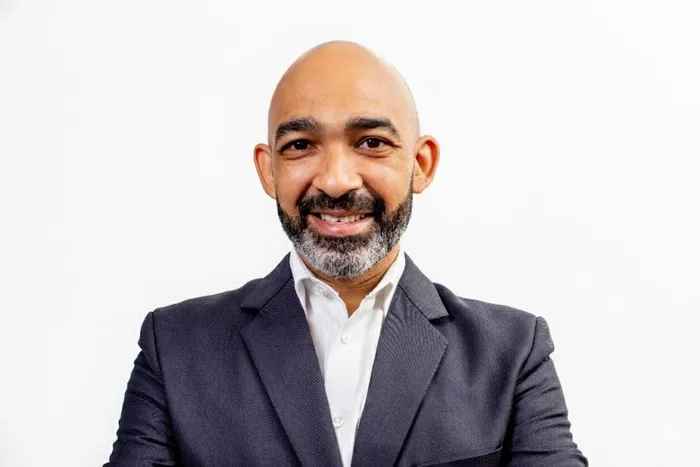South African workplaces lag behind in disability inclusion despite legal mandates
GROWTH STIFLED

The lack of disabled individuals in leadership roles perpetuates harmful stereotypes regarding their capabilities, leaving the impression that persons with disabilities do not possess leadership qualities.
Image: Pexels
As the International Day of Persons with Disabilities approaches on December 3, alarming revelations from the 25th Commission for Employment Equity (CEE) Report underscore a disturbing trend in South African workplaces: people with disabilities remain vastly underrepresented, even as legal obligations and global commitments call for their inclusion.
According to the report, persons with disabilities account for a mere 1.4% of the workforce, starkly below the national target of 3%. Even more concerning is the representation of these individuals in senior management positions, where the figures sink to just 1.0% in top management and 1.3% in senior management. Furthermore, the promotion landscape is equally bleak, with only 1.0% of all promotions awarded to employees with disabilities, effectively stifling the professional growth of many talented individuals.
Professor Armand Bam, Head of Social Impact at Stellenbosch Business School, argues that the current state of affairs cannot continue. He said, “Disability inclusion is not charity, it’s a legal requirement and a matter of social justice.” According to Prof. Bam, the lack of visibility of disabled individuals in leadership roles perpetuates harmful stereotypes regarding their capabilities, leaving the impression that persons with disabilities do not possess leadership qualities.
Moreover, Prof. Bam introduces the concept of intersectionality in the discourse surrounding disability in the workplace. He notes, “A Black woman with a disability faces layered marginalisation such as racialised, gendered, and ableist barriers. Organisations must recognise these compounded disadvantages if they are to achieve true inclusion.”
The stagnation at 1.4% representation among persons with disabilities signals that mere awareness is not a solution. “Organisations must move from compliance to measurable action, embedding disability into strategy, policy, and leadership culture. Immediate practical steps can make a real difference: accessible communications, ergonomically adjustable workstations, and inclusive procurement are all implementable today,” asserts Prof. Bam.

Prof Armand Bam, Head of Social Impact at Stellenbosch Business School
Image: Supplied
Despite existing legal protections, daily experiences of employees with disabilities are marred by structural and cultural barriers. Prof Bam points out several challenges, including:
- Persistent bias, particularly against invisible, psychosocial, or episodic disabilities.
- High rates of non-disclosure due to fear of stigma or job loss, with over 60% of workers with invisible disabilities choosing not to disclose globally.
- Digital and physical inaccessibility, exacerbated by rapid technological adoption.
- Limited participation in decision-making, resulting in lower confidence and higher turnover intention.
Globally, the International Labour Organisation (ILO) has highlighted that individuals with disabilities are twice as likely to face unemployment compared to their non-disabled counterparts. This reality is mirrored in South Africa’s stagnant workforce statistics. Prof Bam stresses that moving towards true inclusion requires systemic change rather than mere compliance with regulations.
He identifies some common obstacles to inclusion, such as:
- Overly medicalised or bureaucratic accommodation processes.
- Misconceptions regarding the costs of inclusion, despite the fact that 53% of accommodations incur no expense.
- Lack of knowledge among managers about disability rights and necessary accommodations.
- HR systems and workplace cultures that fail to integrate disability into mainstream diversity, equity, and inclusion (DEI) strategies.
“Meaningful inclusion requires a shift from tokenistic interventions to systemic redesign, from ‘fixing the person’ to fixing the environment, and from reactive compliance to proactive universal design,” says Prof Bam.
Critical to this reform is the active participation of persons with disabilities in decisions that impact their work environments, ensuring that workplaces are both equitable and just. To facilitate this change, Prof Bam outlines key strategies organisations should adopt:
- Transparent, fast, and employee-friendly accommodation processes.
- Accessibility audits of buildings, websites, and digital systems.
- Flexible working hours, hybrid options, and sensory-friendly spaces.
- Integrating disability into KPIs, reporting, leadership development, and procurement.
- Mandatory disability confidence training for managers.
The onus lies on both the private and public sectors to engage in meaningful, actionable change. As communities rally for equal rights, employers must meet the moment, creating workplaces that honour the talents of all individuals, particularly those living with disabilities.
IOS